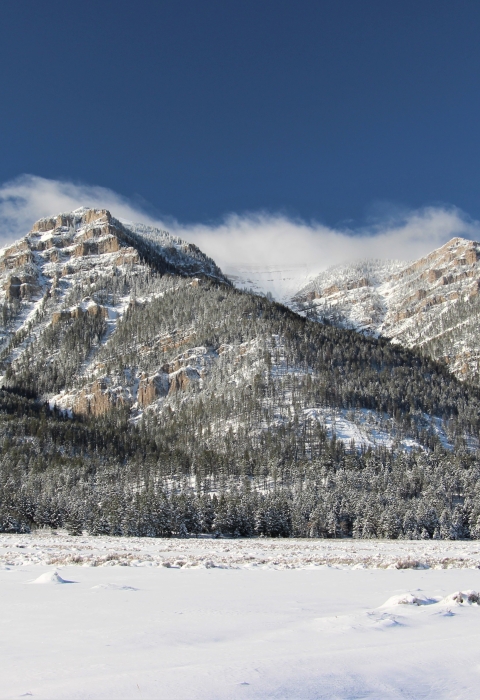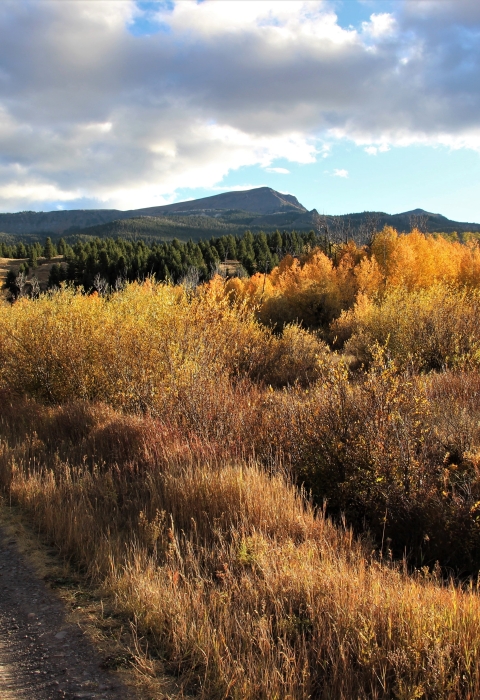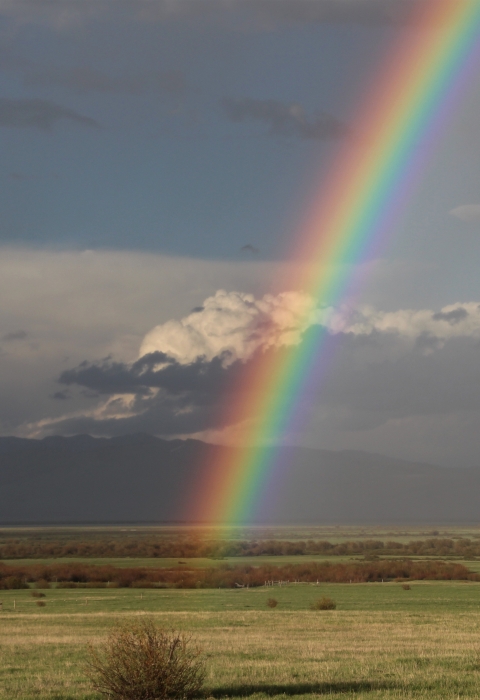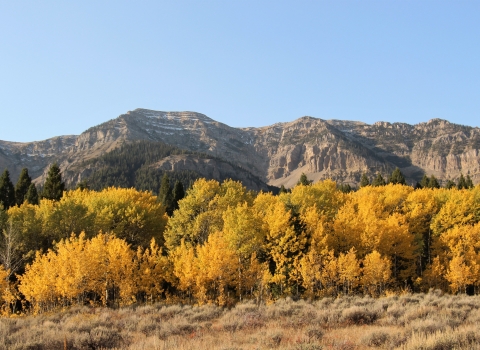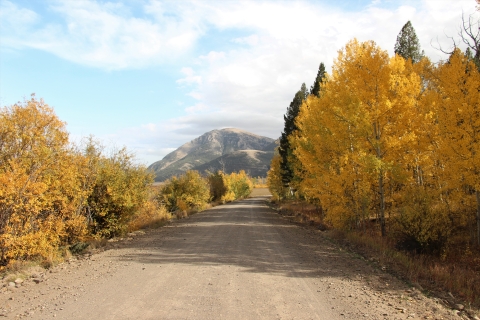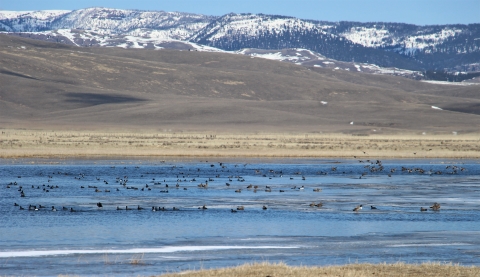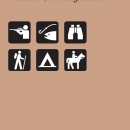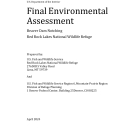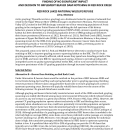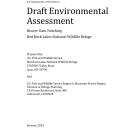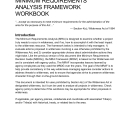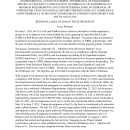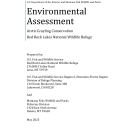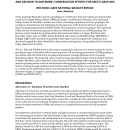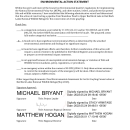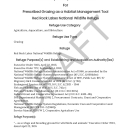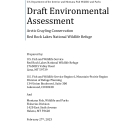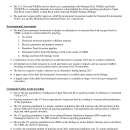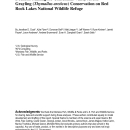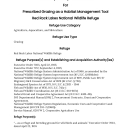Visit Us
Visitors to Red Rock Lakes Refuge should be prepared for a remote wilderness setting. To maintain the wilderness and sense of solitude, facilities are minimized and recreation off the established roads involves non-motorized or non-mechanical means of transport -- foot traffic only. This approach provides both wildlife and wildland viewing opportunities in an uncrowded setting. All visitors are encouraged to use good wildlife viewing practices and ethics, especially when viewing species sensitive to human disturbance, such as trumpeter swans.
The Refuge's U.S. Fish & Wildlife Service Mountain-Prairie Region Flicker Photo Album: https://www.flickr.com/photos/usfwsmtnprairie/albums/72177720295608081
Location and Contact Information
About Us
The Refuge acts as a corridor for some mammals (like the grizzly bear) for moving between Yellowstone and other areas of Idaho and Montana. It encompasses over 53 thousand acres, of which 32,350 are wilderness. Many elk, deer and pronghorn call the Refuge home during spring through fall, as do many migratory waterfowl and songbirds.
The Refuge provides a Visitor Center, two primitive campgrounds (one each at the Upper and Lower Red Rock Lake), and two easy-rated hiking trails (Odell Creek and Sparrow Pond trails). The Refuge is also known for its superb landscape photography in all seasons and in various locations, with the Centennial Mountains being a favorite subject.
Tours
The Refuge has few roads, all of which are constructed and maintained with dirt and gravel. Note that roads are generally restricted to dry times, as snowmelt and rain will make roads very muddy and nearly impassable. Some roads may require 4WD high-clearance. There are no service stations with gasoline or tow trucks within at least 45 miles, so please plan accordingly.
What We Do
Conservation efforts at Red Rock Lakes National Wildlife Refuge aim to provide habitat for breeding and staging migratory birds, native fishes, and both transitory and resident wildlife that maintains the biological diversity and integrity of a montane wetland system.
Our Species
Some of the species that call the Refuge home, whether migratory or year-round residents include grizzly bears, black bears, elk, deer (mule and whitetail), Shiras moose, pronghorn, trumpeter swans, tundra swans, bald eagles, golden eagles, sandhill cranes, ground squirrels, badgers, wolves, coyotes, foxes, martens, all species of waterfowl in the Pacific Flyway, and numerous neotropical migrant songbirds to name just a few.
Projects and Research
Research projects on the Refuge take place in all seasons and range from working with fish and wildlife to their different habitats. Research and projects are designed to inform management in making the best possible decisions for wildlife and wildlife habitat.
USFWS Zone Wildlife Biologist Jeff Warren deploys a probe to measure dissolved oxygen through an augered hole in the ice on Upper Red Rock Lake at Red Rock Lakes National Wildlife Refuge in support of Arctic grayling conservation efforts. Photo by Cortez/USFWS.
